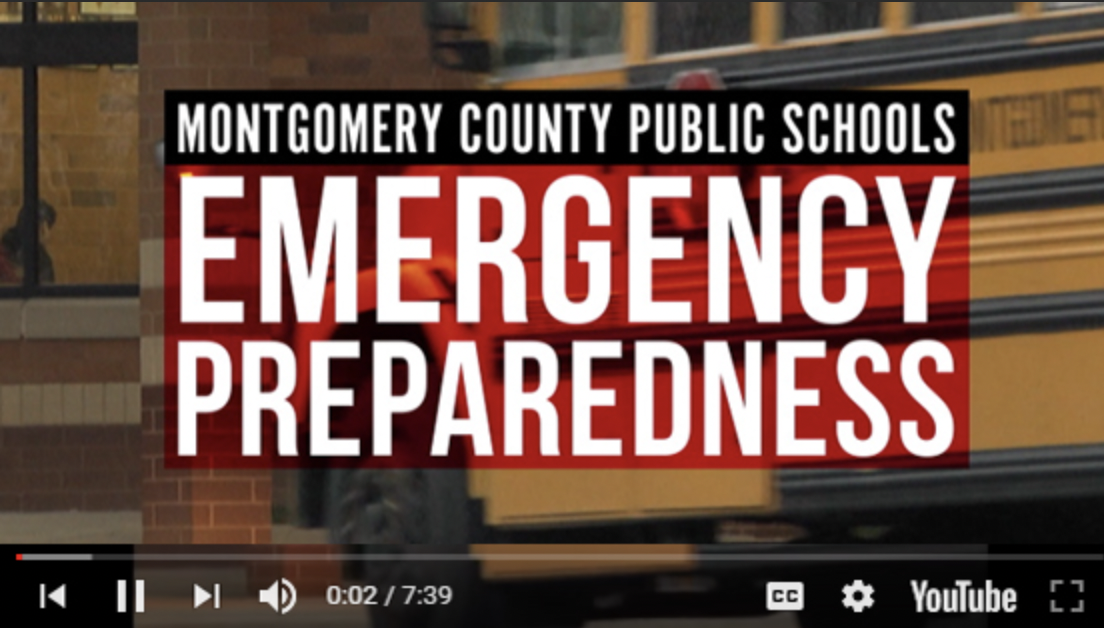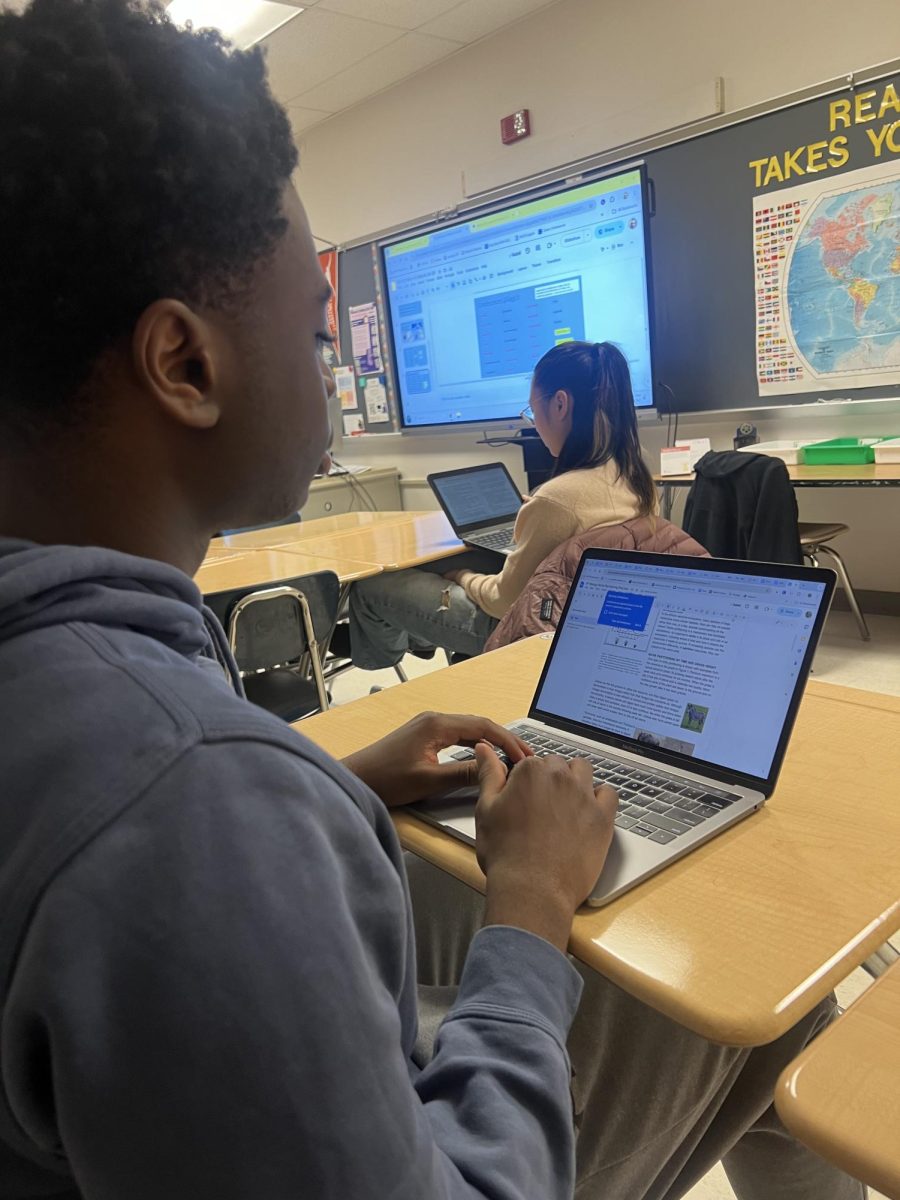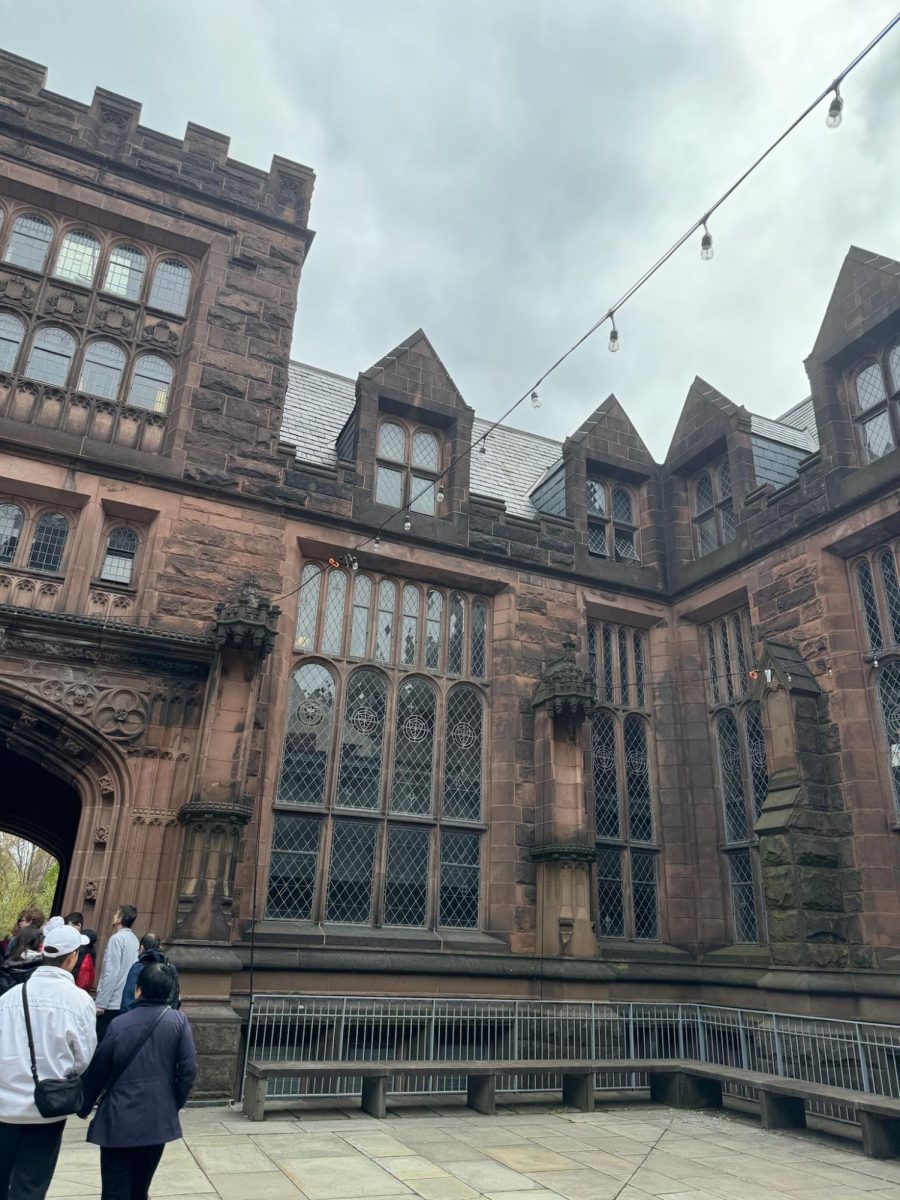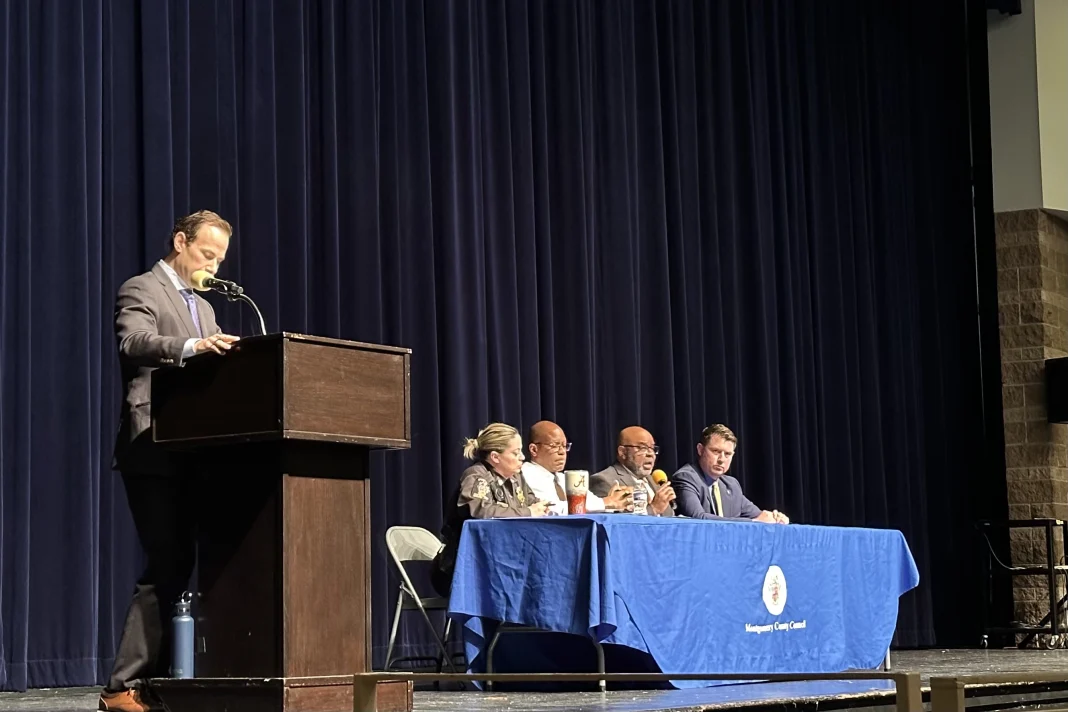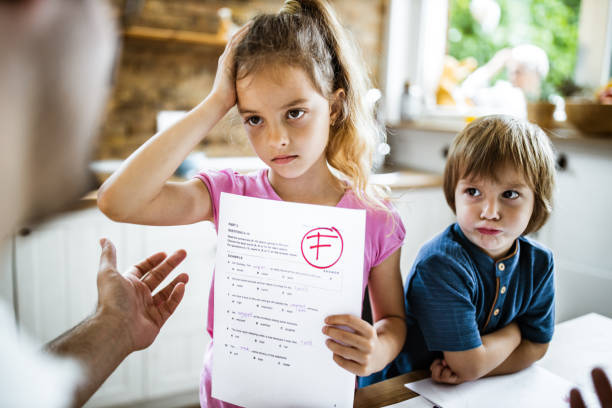In the face of a world fraught with unforeseen challenges, the safety of our students should be non-negotiable. However, it is disheartening to observe that students and schools within MCPS often fail to take emergency measures and precautions as seriously as they should. This negligence not only endangers lives, but also erodes our collective sense of responsibility.
One of the primary issues affecting MCPS is the lax attitude towards preparedness. Many students and even some educators need to pay more attention to the importance of drills and emergency protocols. Fire drills, for instance, are often treated as an inconvenience rather than an essential safety practice. It is not uncommon to see students disregard these exercises, failing to understand that they are designed to save lives in the event of a real emergency.
Likewise, the COVID-19 pandemic brought light to another critical lapse in the preparedness of schools. Some students and parents were quick to dismiss the severity of the situation, flouting safety guidelines and exacerbating the spread of the virus. The refusal to wear masks or adhere to social distancing guidelines and inconsistent remote learning exposed the need for a unified approach to emergencies within MCPS.
It is crucial to recognize that the responsibility for safety falls not only on the schools but also on the students and their families. Education is not just about academics; it is about fostering responsible citizens who understand the significance of safeguarding themselves and others. This understanding should begin at home and be reinforced in schools. So, what can be done? Well, here are four ways we can address this alarming lack of urgency when it comes to emergency measures in MCPS.
1. Education and Awareness
MCPS must invest more in educating students about the importance of emergency protocols. They need to know that these measures are not mere inconveniences but life-saving procedures. The county should integrate safety education into the curriculum and/or in school wide assemblies, dedicating time to teach students about the importance of emergency protocols. This education could cover fire drills, lockdown procedures and health-related protocols like pandemic responses.
2. Community Engagement
Schools should also involve parents and the wider community in safety discussions. When everyone understands the stakes, they are more likely to take safety seriously. MCPS can encourage active involvement in PTAs and community discussions to learn about school safety. This can be done through regular meetings or dedicated safety committees within the PTA.
3. Reporting Mechanisms
It is essential to build trust in the reporting systems for safety concerns. That is why schools should encourage students to report any threats or safety concerns without fear of retaliation. This can be done through online forms or dedicated reporting hotlines that implement an anonymous reporting system – which would allow students to report safety concerns without revealing their identities. Individual schools like WCHS can also ensure that students, teachers and staff are aware of clear and well-defined protocols for reporting safety concerns by specifying the responsible authorities and the expected response times for reporting.
4. Unified Response
MCPS schools should try to develop a unified response to crises, whether they are health-related, environmental, or security issues. Along with regular drills countywide, the schools should establish a centralized communication hub that sends out emergency information and updates to all participants, including students, parents and staff. This could come in the form of emails or even a mobile application. This would ensure transparency with consistent messaging during instances of crises.
The safety of students in MCPS should be the highest priority. If an emergency ever occurred here at WCHS, we would want to be prepared in every way possible. Unfortunately, incidents such as school shootings are much too common in 2023. That is why a collective awakening regarding the importance of emergency measures and precautions is now more necessary than ever. Only when students, schools and the community take safety seriously can we hope to create a secure and nurturing educational environment for all.


